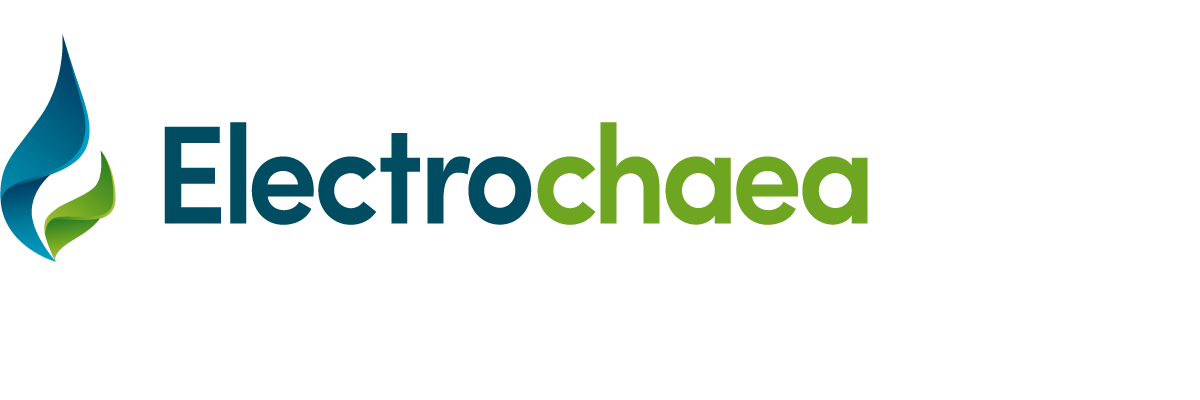August 13, 2013 – Electrochaea Commissions World’s Largest Power-to-Gas Demonstration Project
Aug 13, 2013
Electrochaea is pleased to announce the commissioning of its power-to-gas demonstration facility in Foulum, Denmark. Using a 10,000-liter bioreactor, the project showcases the world’s largest power-togas demonstration facility based on biological methanation. The project is operated by Electrochaea.dk ApS, a wholly owned subsidiary of Electrochaea LLC, and sponsored by the Danish Energy Agency (EUDP), Erdgas Zürich, ewz (the City of Zurich’s utility), E.ON, NEAS Energy, and Aarhus University. It is being executed with the assistance of Invest in Denmark and with engineering services provided by NIRAS.
Power-to-gas is an innovative and disruptive concept for grid-scale energy storage. The large and growing penetration of renewable energy such wind and solar, which produce electricity intermittently and independent of demand, causes large supply/demand imbalances and stabilization challenges in the electricity grid. Power-to-gas converts such surplus electricity into methane, the principal component of natural gas, for injection into the existing gas infrastructure. Because the capacity of many natural gas networks is practically unlimited for the purpose of energy storage, the energy storage capacity of power-to-gas far surpasses that of batteries, pumped hydro, and compressed air energy storage. Once in the pipeline, the gas can be used for power production during peak-hours, as renewable gas in industry and transportation, and for long-distance energy transmission via existing pipelines.
The main objective of the Foulum Project is to demonstrate Electrochaea’s biocatalytic methanation technology at pre-commercial scale. The core of the technology is a single-celled organism – a methanogenic archaea – that was adapted for industrial use by Prof. Dr. Laurens Mets at the University of Chicago. The microbe requires only hydrogen and carbon dioxide to produce pipeline-grade methane. At Foulum, raw biogas from an on-site anaerobic digester is used as the source of CO2 while hydrogen is supplied from high-pressure gas cylinders. The stirred tank reactor used in the project is a 10,000-liter vessel owned by Aarhus University and typically used for research with manure-derived biogas. It was adapted by Electrochaea for the purpose of the project.
The reactor was successfully inoculated with Electrochaea’s proprietary microbes on July 30, 2013 and reached sufficient cell density for catalytic carbon dioxide conversion on August 6, 2013. The reactor has been operated for over 300 hours and currently operates with over 4,000 liters of a high-density microbial culture, the largest monoculture of methanogenic archaea ever produced industrially. Over the coming two months, Electrochaea will test the reactor and biocatalyst for system efficiency, Page 2 productivity, robustness, and responsiveness to changes in supply of carbon dioxide and hydrogen.
Electrochaea’s CEO Mich Hein remarks: “Foulum marks a critical milestone in our technology scale-up and de-risking pathway from the laboratory to the field. The data produced from the project will be vital for the development of our second-generation reactor and for establishing an operational baseline in a truly industrial environment.” Jeff Fornero, VP of Engineering, comments on the success of the project to date: “We are very pleased with our progress since commissioning. Starting up a reactor within two days and upon the first inoculation in this non-sterile, non-anaerobic environment is testament to the simplicity and robustness of our technology.”
The Foulum Project is expected to conclude by November 2013. The test results will be used to develop the detailed design for a MW-scale project anticipated to start by Q1 2014.
